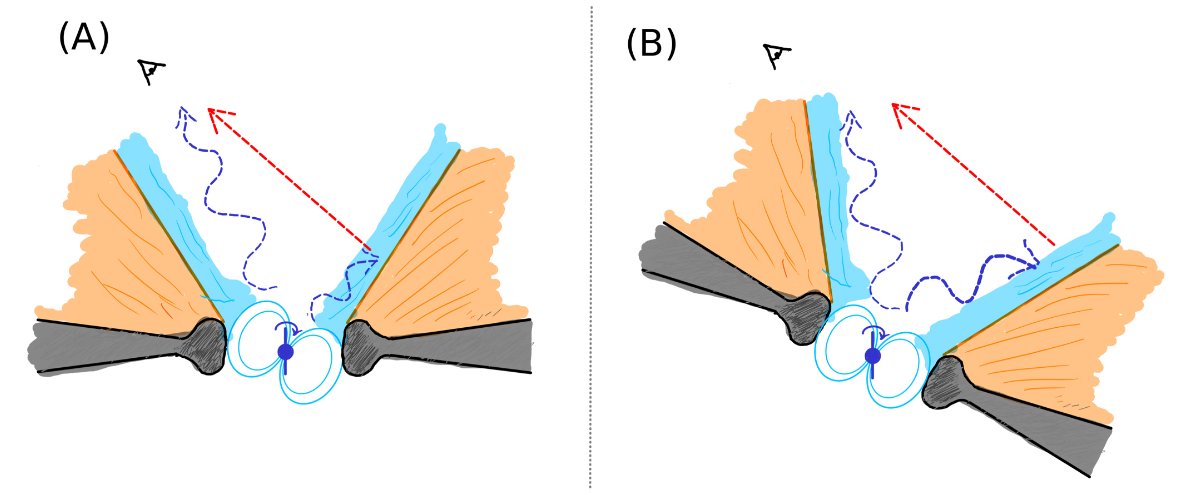To beam or not to beam

Ultra luminous X-ray pulsars are the believed to be the proof that super-Eddington accretion occurs. These systems host highly magnetized Neutron Stars that accrete way above the Eddington limit. A fundamental question is "how much more?". This is not a simple one as one needs to account for the structure of the accretion disk and possible beaming effects. In a series of articles we have tackled this problem and provide insights onto its nature, I will not spoil the answer.
see relevant publications:
A Bayesian approach for torque modelling of BeXRB pulsars with application to super-Eddington accretors
Chandra Probes the X-Ray Variability of M51 ULX-7: Evidence of Propeller Transition and X-Ray Dips on Orbital Periods
M51 ULX-7: superorbital periodicity and constraints on the neutron star magnetic field
NGC 300 ULX1: spin evolution, super-Eddington accretion, and outflows
Investigating ULX accretion flows and cyclotron resonance in NGC 300 ULX1
NGC 300 ULX1: A test case for accretion torque theory